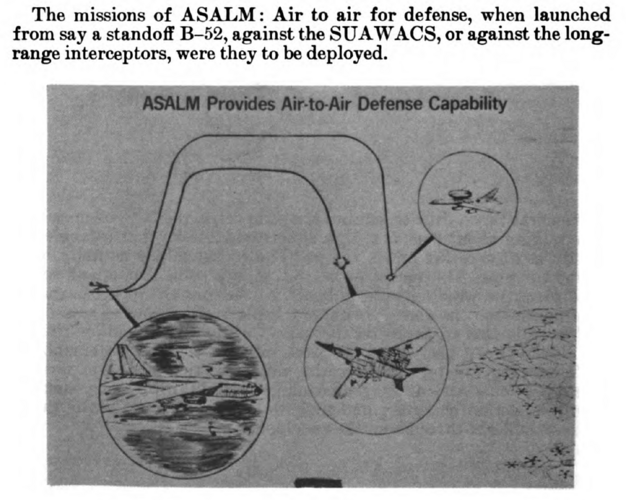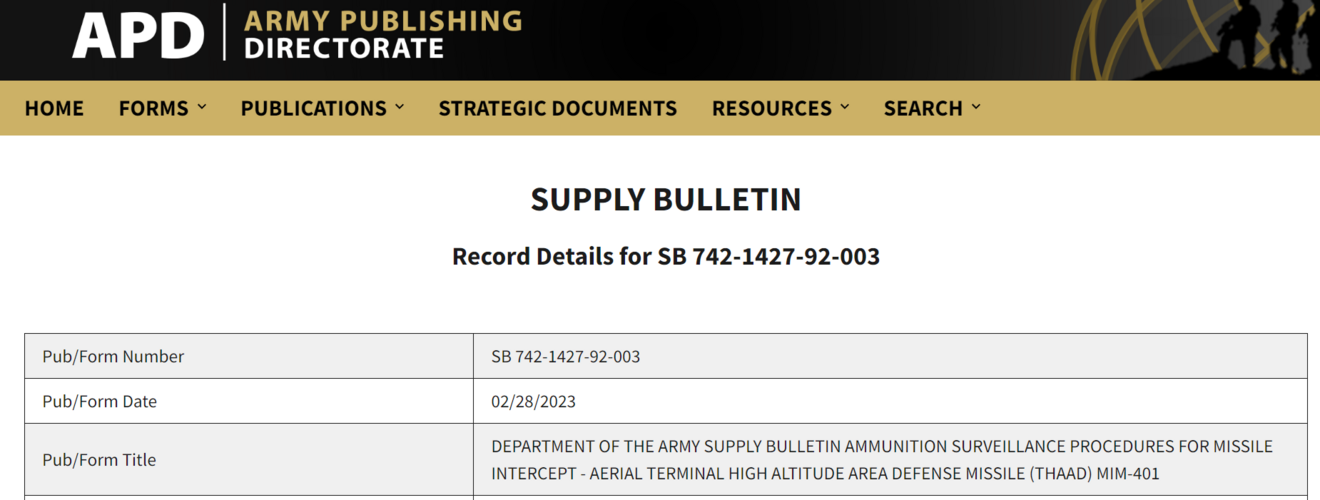I think in the long run HACM will fulfill the role of very long ranged anti tanker/AWACS/bomber.
I haven't seen anything suggesting that HACM has an A-A role. But maybe I missed something?
It is just a personal guess. I assume it wouldn't be maneuverable enough for fighter targets but I could easily see it having a capability against multi engine aircraft. I'm assuming it will have some kind of terminal seeker on top of INS/GPS navigation, at least in a later version (like PrSM incr 2).
EDIT: The ASALM also was envisioned with an anti AWACs role as part of its mission as a SRAM replacement, though obviously its pretty easy to hit an airborne target with a nuclear weapon. But I would think HACM could easily use terminal seeker technology from an AAM - its flight regime isn't that drastically different in terms of top speed, just somewhat longer exposure time.






